Transcranial Magnetic Stimulation TMS Machine for Alzheimer’s and Depression
$999.00 USD
Our transcranial magnetic stimulation (TMS) device is primarily intended for Alzheimer’s disease and depression, but can also improve cerebrovascular and neurological conditions (stroke recovery, cerebral infarction, migraines, etc.), mental health issues (anxiety, insomnia, etc.), brain injury recovery (concussion, cerebral palsy, etc.), and movement disorders (Parkinson’s disease, tremor, etc.). Its key features are distinct: non-invasive and painless, the magnetic field can penetrate the skull up to 5-8cm to reach key brain areas. Weighing only 6kg and featuring a full touchscreen interface, it’s easy to use without specialized knowledge, making it suitable for use in various settings, from home to clinics. It supports multi-dimensional parameter adjustment (treatment time 20-95 minutes, vibration intensity levels 1-10, magnetic field strength settings, etc.), and comes with optional adult or pediatric treatment caps, making it suitable for all ages, balancing safety and individual needs.
Description
| Magnetic Field Intensity | The weak stage is 6mT~10mT, the strong stage is 11mT~19mT |
| Voltage | AC 220V ± 22V |
| Frequency | 50Hz ± 1Hz |
| Magnetic Field Excitation Signal | Sine wave. Prescriptions 1 to 7 are variable frequency mode, and prescriptions 8 to 16 are fixed frequency mode. |
| Vibration Intensity | 1 to 10 levels |
| Vibration Mode | 12 |
| Treatment Time | 20-95 minutes |
| Treatment Cap Type | Adult and child therapy caps (adult by default) |
| Weight | 6 kg |
| Packaging Dimensions | 50*20*46 cm / 19.7*7.9*18.1 inches |
| Warranty | 1 year |
Package List
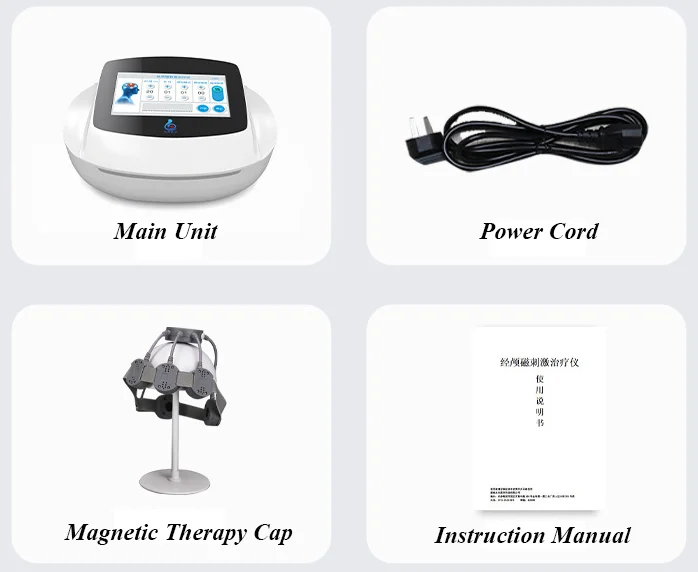
One Main Unit
One Magnetic Therapy Cap
One Power Cord
One Instruction Manual
Commonly Used for
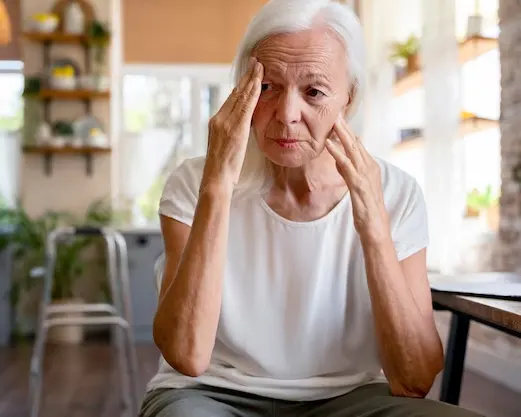
Cerebrovascular & Neurological Disorders
Stroke rehabilitation
Cerebral infarction
Migraine & vertigo
Moyamoya disease
Tinnitus
Alzheimer’s & aphasia
Cerebral blood flow insufficiency
Tourette’s syndrome

Mental Health Conditions
Depression
Anxiety
Insomnia & sleep disorders
Autism spectrum disorder
Schizophrenia
Mania
Neurasthenia
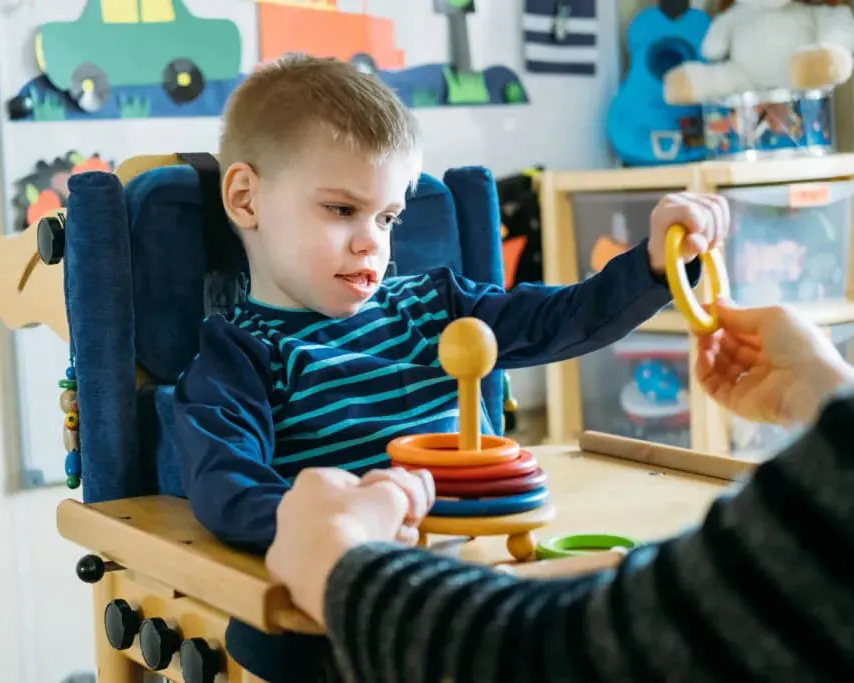
Brain Injury Recovery
Cerebral concussion
Children’s cerebral palsy
Post-brain injury sequelae
Recovery from cerebral hemorrhage
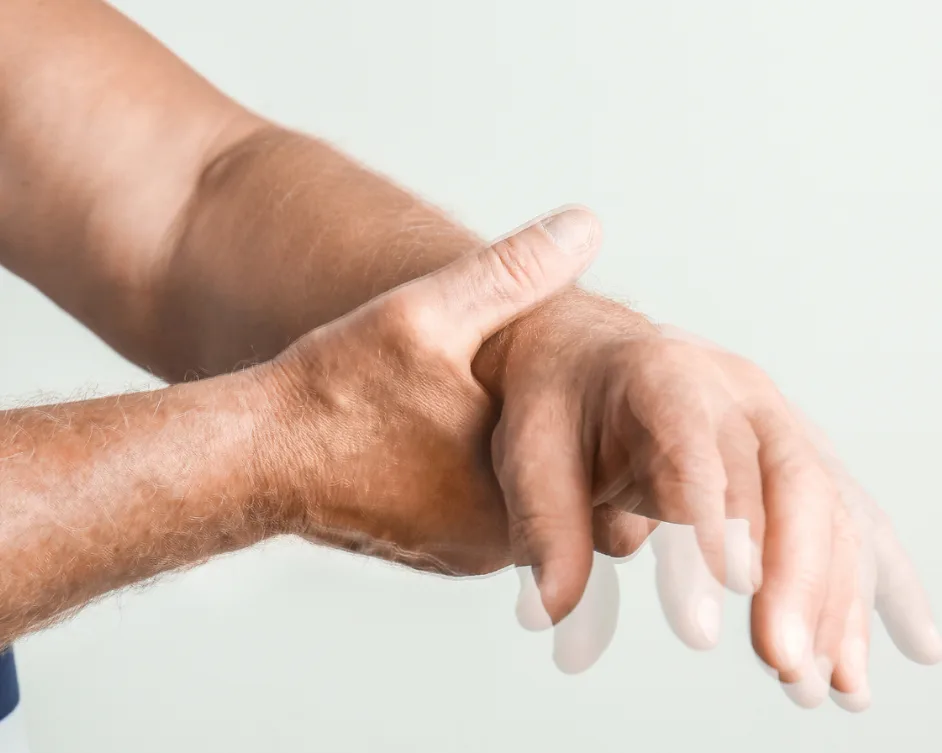
Movement Disorders
Parkinson’s disease
Dystonia
Tremors
How It Works
The transcranial magnetic stimulation device uses variable frequency repetitive alternating electromagnetic therapy technology. Through multiple electromagnetic generators in the magnetic therapy cap, it outputs a magnetic field of a certain frequency and intensity to stimulate multiple functional areas of the brain at the same time, changing the membrane potential of cortical nerve cells, causing them to generate induced current, affecting brain metabolism and neural electrical activity, accelerating the metabolism of damaged brain cells, and improving the self-repair ability of damaged cells, thereby achieving the purpose of regulating brain function and treating diseases.
1. Revitalizing Damaged Brain Cells and Repairing Brain Damage

The repetitive magnetic pulses (rTMS) delivered by the device act on dormant or dysfunctional brain cells. By modulating cell membrane potential and promoting the synthesis and release of neurotransmitters (such as serotonin and dopamine), the device restores the brain cells’ autonomous transduction function. Simply put, it “awakens” normal brain cells damaged by neurological diseases (such as depression and stroke), repairs damaged neural pathways, and improves signal transmission efficiency between neurons, thereby alleviating emotional disturbances and cognitive decline caused by declining brain cell function.
2. Improve Cerebral Circulation and Establish Collateral Circulation

Magnetic pulse stimulation can indirectly affect the cerebral vascular system: on the one hand, it can enhance cerebral vascular elasticity, dilate microvasculature within the brain (microcirculatory channels), and increase cerebral blood perfusion, providing more oxygen and nutrients to brain cells. On the other hand, long-term, regular stimulation can promote the establishment of collateral circulation within the brain (i.e., the formation of new “backup vascular pathways”). Even if existing cerebral blood vessels are narrowed or dysfunctional, these new pathways can ensure blood supply to the brain, fundamentally improving the brain’s metabolic environment, assisting stroke recovery, and alleviating cognitive problems associated with chronic cerebral ischemia.
3. Suppressing Abnormal EEG and Reshaping Brain Function

For conditions associated with “disrupted EEG activity,” such as epilepsy and depression, the device’s alternating magnetic field can interfere with and suppress the occurrence and spread of abnormal EEG signals (e.g., reducing abnormal discharges during epileptic seizures and regulating hypoactive EEG in the prefrontal cortex of patients with depression). Furthermore, through continuous, repetitive stimulation, EEG activity is gradually guided back to a normal rhythm, reshaping functional brain networks (e.g., regulating emotion regulation and cognitive control networks), restoring brain function from a “disrupted state” to a stable, normal operating mode.
Product Advantages
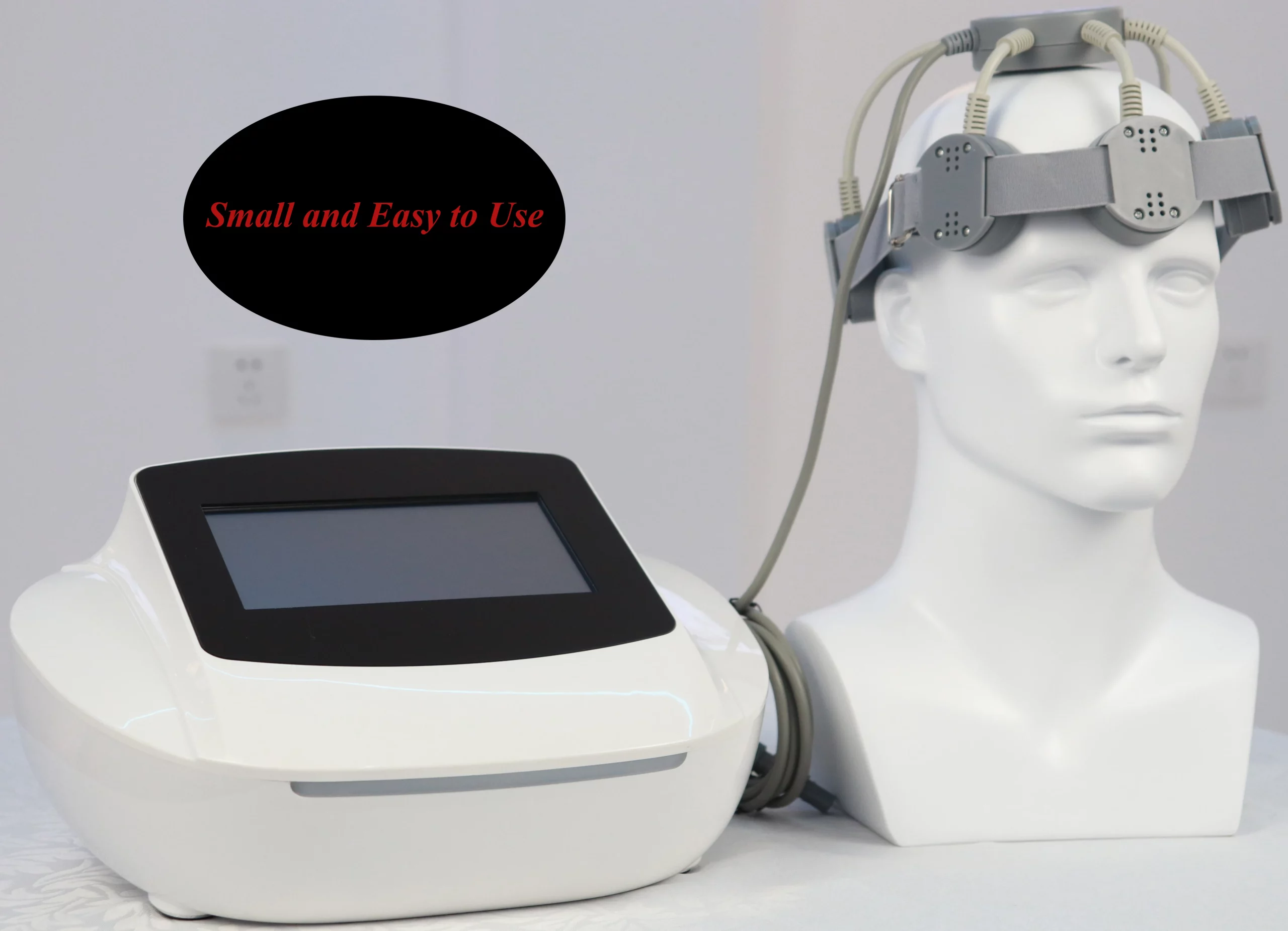
Easy to Use
This TMS transcranial magnetic stimulator is easy to use, making it ideal for patients to use at home. Its user-friendly interface allows for quick operation without requiring specialized knowledge. Weighing only 6kg, it’s lightweight and portable, making it easy to place and move around the home without taking up space. To use, simply connect the treatment cap to the main unit, put the cap on, and press the start button to begin treatment. There are no complicated steps involved.

Painless and Non-Invasive
The magnetic therapy cap’s magnetic therapy unit utilizes biocompatible materials and low-impedance magnetic conduction technology. The magnetic field it releases can painlessly and noninvasively penetrate the skull and soft tissues within the brain, reaching a depth of 5-8 cm. This fully covers key brain regions such as the frontal lobe, temporal lobe, parietal lobe, and hippocampus. Patients only need to wear the cap during treatment, without any pain or invasiveness.

Alternating Magnetic Fields Can Reach Deep Intracranial Tissues
Utilizing advanced alternating magnetic field technology, the magnetic field intensity can be dynamically adjusted, enabling it to penetrate deep intracranial neural tissue (such as the brainstem and cerebellum, areas difficult to reach with traditional treatments). Through the principle of electromagnetic induction, this generates induced currents within the neural tissue, activating dormant neurons and regulating the secretion and transmission of neurotransmitters (such as dopamine and serotonin). This effectively stimulates neural metabolism and functional remodeling, demonstrating a unique repair effect on deep neural damage caused by post-stroke sequelae, Parkinson’s disease, and other neurodegenerative diseases.
Adjustable Parameters
Treatment time, vibration mode, vibration intensity, prescription, and magnetic field strength can all be adjusted based on the patient’s specific needs. Ten levels of vibration intensity are available, allowing you to adjust from shallow to deep, directly targeting the affected area.

Suitable for All Ages
This TMS machine is suitable for all ages, including children, young adults, and the elderly. It’s indicated for neurological conditions, cognitive improvement, and other health needs, meeting the needs of different age groups. For children, please contact us to purchase a children’s magnetic therapy cap.
Product Details
Full Touchscreen Operation Panel
Our device features a full touchscreen operation panel, breaking the cumbersome operation barriers of traditional devices. Users can intuitively and conveniently set treatment time, select corresponding prescriptions, adjust vibration patterns and intensity, and precisely control magnetic field strength, making operation more convenient and efficient.
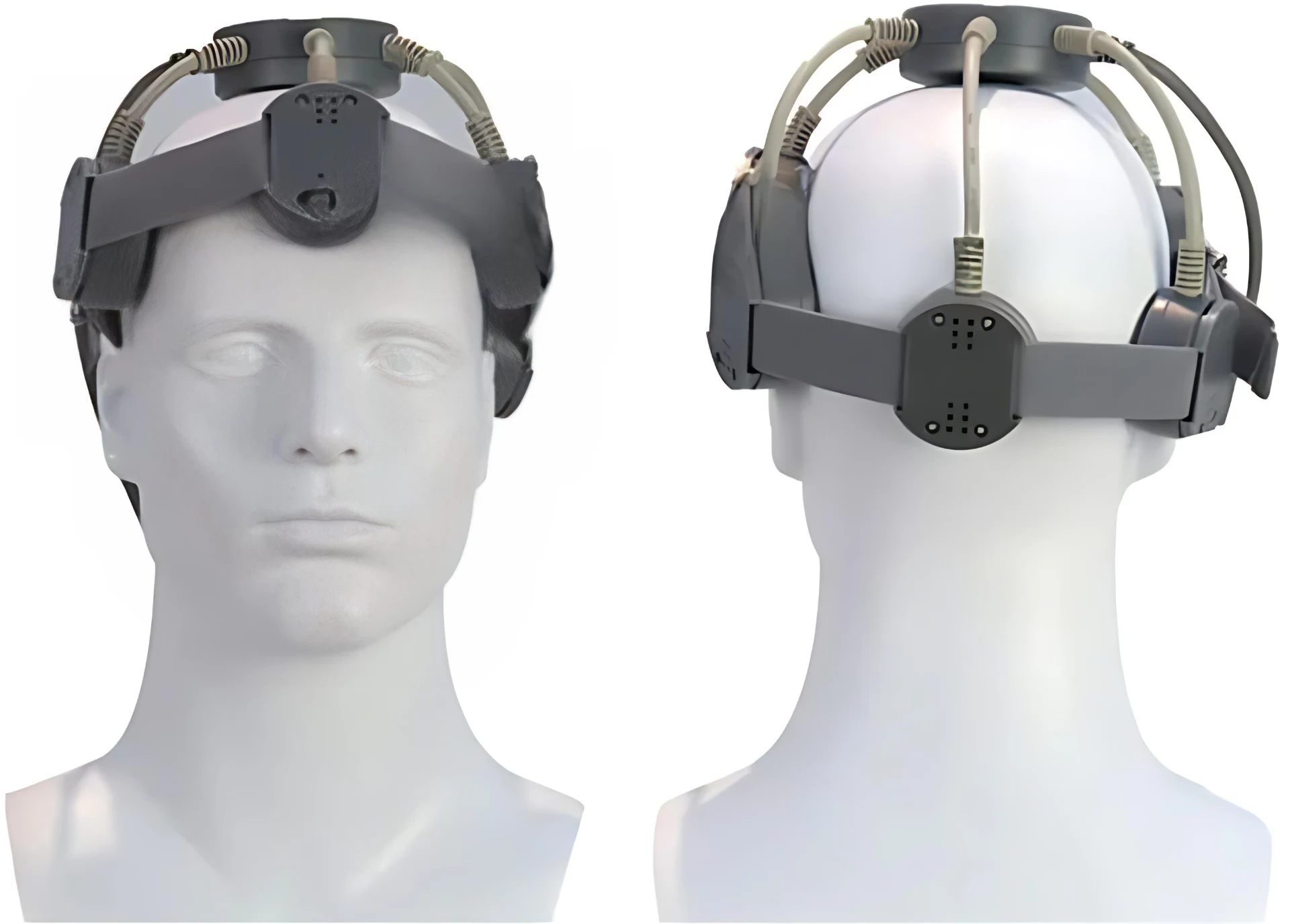
Magnetic Therapy Cap
This all-round three-dimensional mesh magnetic therapy cap adopts a three-dimensional mesh design with adjustable length, which can fully cover the head. Electromagnetic properties have basically the same permeability as biological tissues. The magnetic lines can easily penetrate the skull and reach the deep tissues of the brain, accurately acting on specific brain areas of the cerebral cortex or precise acupuncture points on the head.
How to Use
Parameter Adjustment
- The default time is 20 minutes, adjustable up to 95 minutes.
- The default prescription is “01,” with 16 prescriptions available.
- The default vibration mode is “01,” with 12 vibration modes available.
- The vibration intensity ranges from 1 to 10, depending on the patient’s tolerance.
- Two levels of magnetic field strength: strong and weak.
Treatment Course Recommendations
1. Each treatment is 20 minutes or 30 minutes
2.Treat 1 times a day, every 10 days is a course of treatment
3. The interval between each treatment course is 2-3 days
4.Patients who need long-term treatment, need to be treated again after 5 courses of treatment with an interval of one week.
Therapeutic Effects

Depression
1. Mechanism of Action
The core pathology of depression is associated with dysfunctional function in emotion-regulating brain regions (such as the dorsolateral prefrontal cortex (DLPFC)) and insufficient secretion of “happiness neurotransmitters” such as serotonin (5-HT) and norepinephrine (NE)
This device utilizes rTMS technology to precisely target emotion-related brain regions, including the prefrontal cortex and limbic system, with a magnetic field of a specific frequency. This technique corrects overinhibition or overexcitation in abnormal brain regions, restoring coordinated activity across the brain. It also promotes the release of neurotransmitters such as serotonin and dopamine, compensating for insufficient levels and improving emotional regulation at a physiological level.
2. Improvements After Use
Emotional State: Persistent low mood and feelings of pessimism and despair were significantly alleviated, interest in daily activities (such as hobbies and social activities) gradually returned, and feelings of “meaninglessness” and “self-blame” were reduced.
Physical Symptoms: Accompanying symptoms such as insomnia, early awakenings, decreased (or increased) appetite improved, and weight gradually returned to normal.
Social Functioning: Actively participated in family interactions, work, and study, no longer avoided social interactions, and was able to complete simple daily tasks (such as shopping and commuting), with increased energy.

Alzheimer’s
1. Mechanism of Action
Alzheimer’s disease is characterized by neuronal degeneration, weakened synaptic connections, and behavioral and psychological symptoms (BPSD, such as hallucinations and delusions) in cognitive-related brain regions (the hippocampus and prefrontal cortex).
The rTMS device enhances cortical excitability through a mechanism called long-term potentiation (LTP). The magnetic field penetrates the skull and acts on regions such as the hippocampus (memory center) and prefrontal cortex, promoting autonomous signaling in damaged neurons and strengthening synaptic connections. It also suppresses abnormal brain waves (such as the disordered discharges that cause hallucinations), alleviating cognitive and behavioral impairments associated with neurodegeneration.
2. Improvements After Use
Cognitive Function: Short-term memory improved, enabling recall of family members’ names and addresses, as well as recollection of recent events (e.g., “I ate eggs this morning”). Forgetting of important long-term events (e.g., children’s birthdays) decreased.
Behavioral Abnormalities: BPSD symptoms such as hallucinations (e.g., “seeing people who aren’t there”) and delusions (e.g., “suspecting family members of stealing”) gradually resolved. Nocturnal noises and wanderings were alleviated, and moods became more stable.
Self-Care Ability: Able to independently perform simple daily activities, such as dressing, eating, and organizing personal belongings. He can even assist with light household chores (e.g., mopping the table and folding laundry).
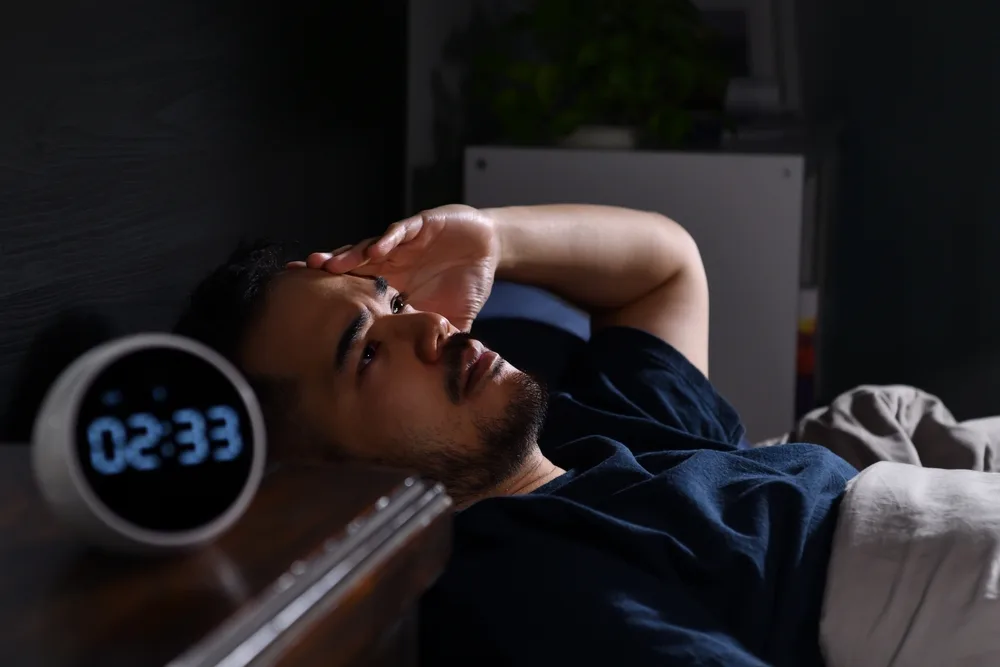
Insomnia
1. Mechanism of Action
The core of insomnia is disrupted brainwaves in the brain’s sleep centers (prefrontal cortex and hypothalamus), or insufficient secretion of sleep-promoting neurotransmitters such as serotonin and melatonin.
This device improves sleep through a “dual-action regulation” approach: rTMS applies a gentle magnetic field to the prefrontal cortex, regulating chaotic brainwaves (such as overactive beta waves) to normal sleep rhythms (such as slow-wave delta waves and light-wave theta waves). Furthermore, the accompanying vibration massage function relaxes head muscles, relieves anxiety, and reduces “bedtime wandering,” creating both the physical and psychological conditions for falling asleep.
2. Improvements After Use
Sleep Onset Efficiency: Time to fall asleep has been reduced from “over 30 minutes” to “within 15-20 minutes,” eliminating the “counting sheep until dawn” feeling.
Sleep Quality: Nighttime awakenings have been reduced from “≥2” to “0-1,” improving symptoms of early awakenings (e.g., waking at 3 a.m. and being unable to fall back asleep), and enabling 6-8 hours of continuous sleep.
Daytime Performance: No more frequent daytime drowsiness and mental fog; I feel more energetic, able to complete work/study normally, and less irritability and irritability caused by sleep deprivation.

Parkinson’s
1. Mechanism of Action
The core of Parkinson’s disease is damage to dopaminergic neurons in the basal ganglia, leading to abnormal activation of neuroinflammatory responses in the motor cortex and impaired motor signal transmission.
The rTMS treatment of this device modulates peripheral regulatory T cells (Tregs), inhibiting neuroinflammatory responses and reducing further damage to dopaminergic neurons. It also acts on motor-related brain regions such as the motor cortex and basal ganglia, improving the excitability of motor pathways and repairing impaired motor signal transmission.
2. Improvements After Use
Motor Symptoms: Limb tremors (e.g., “pill-rolling” tremors in the hands) were significantly reduced, with a lower frequency of tremors at rest. Limb stiffness (e.g., “joint stiffness”) was alleviated, allowing the patient to flex their arms and lift their legs independently. Bradykinesia (e.g., “shuffling gait and slow turning”) was improved, resulting in a smoother gait and longer stride length.
Independence: The patient was able to perform fine motor skills independently, such as using chopsticks to eat, buttoning, and tying shoelaces, without assistance from family members.
Quality of Life: The patient’s fear of leaving home due to motor impairments was alleviated, enabling the patient to take short walks, go shopping, and participate in social activities more effectively.
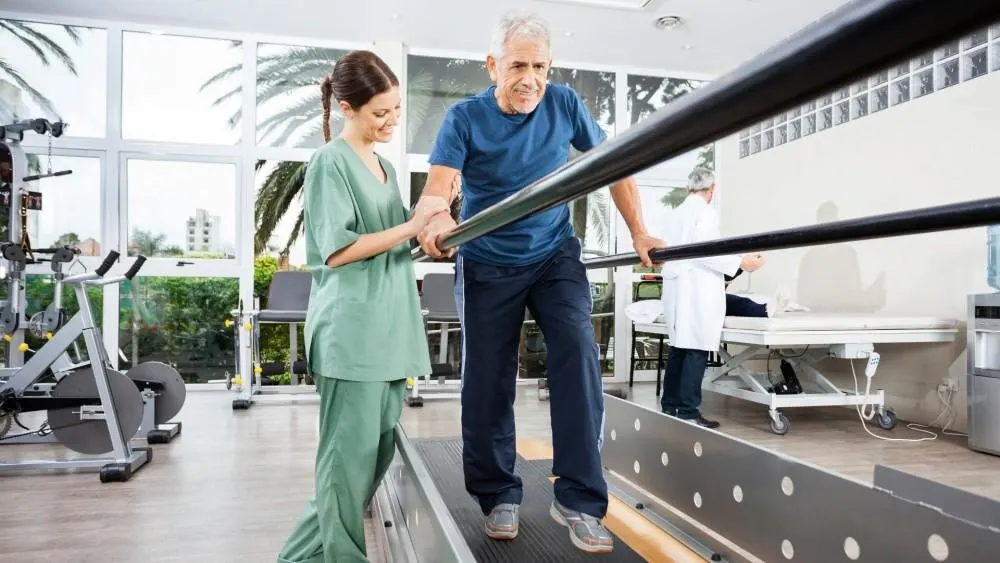
Stroke Rehabilitation
1. Mechanism of Action
After a stroke (such as cerebral infarction or cerebral hemorrhage), the motor cortex and language centers (Broca’s area and Wernicke’s area) are damaged due to ischemia or hemorrhage, leading to symptoms such as movement disorders and aphasia.
The rTMS device works through a “neuroremodeling” mechanism: the magnetic field penetrates the skull and acts on the damaged brain area, promoting autonomous signaling in brain cells (revitalizing dying brain cells). It also improves cerebral vascular elasticity and dilates microcirculatory channels (establishing collateral circulation), providing sufficient blood oxygen to the damaged brain area and accelerating neurological recovery.
2. Improvement After Use
Motor Function: Post-stroke paralysis (e.g., right arm and leg) has restored muscle strength, enabling patients to lift their arms, stand and walk, and even climb stairs with the help of a wall. Fine motor skills (e.g., grasping a water cup and writing) have gradually recovered.
Language Function (for patients with aphasia): Patients with motor aphasia can speak complete sentences (e.g., “I want a drink of water”) and no longer speak in fragments. Patients with sensory aphasia can understand family members’ commands (e.g., “Bring me a towel”) and respond less frequently to inappropriate questions.
Self-Care Ability: Patients can independently perform daily activities such as washing, dressing, and eating, reducing their dependence on family members. Some patients can return to light work (e.g., office work).
Various Application Scenarios
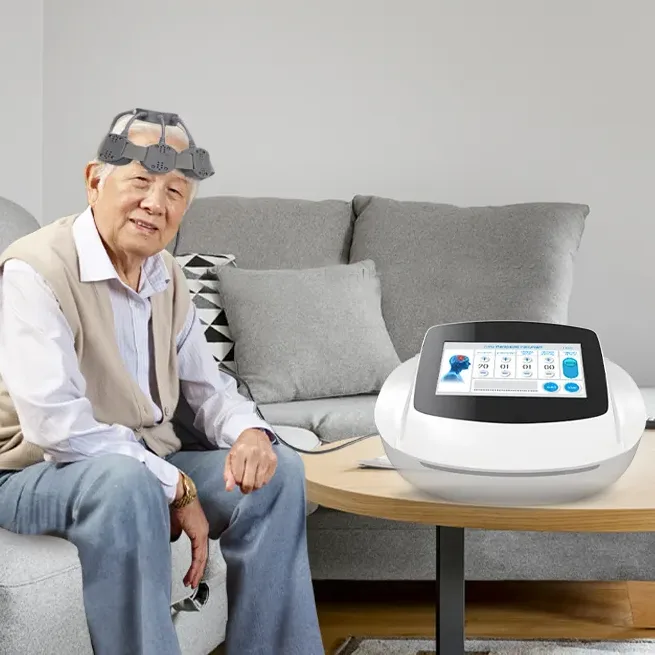
Home
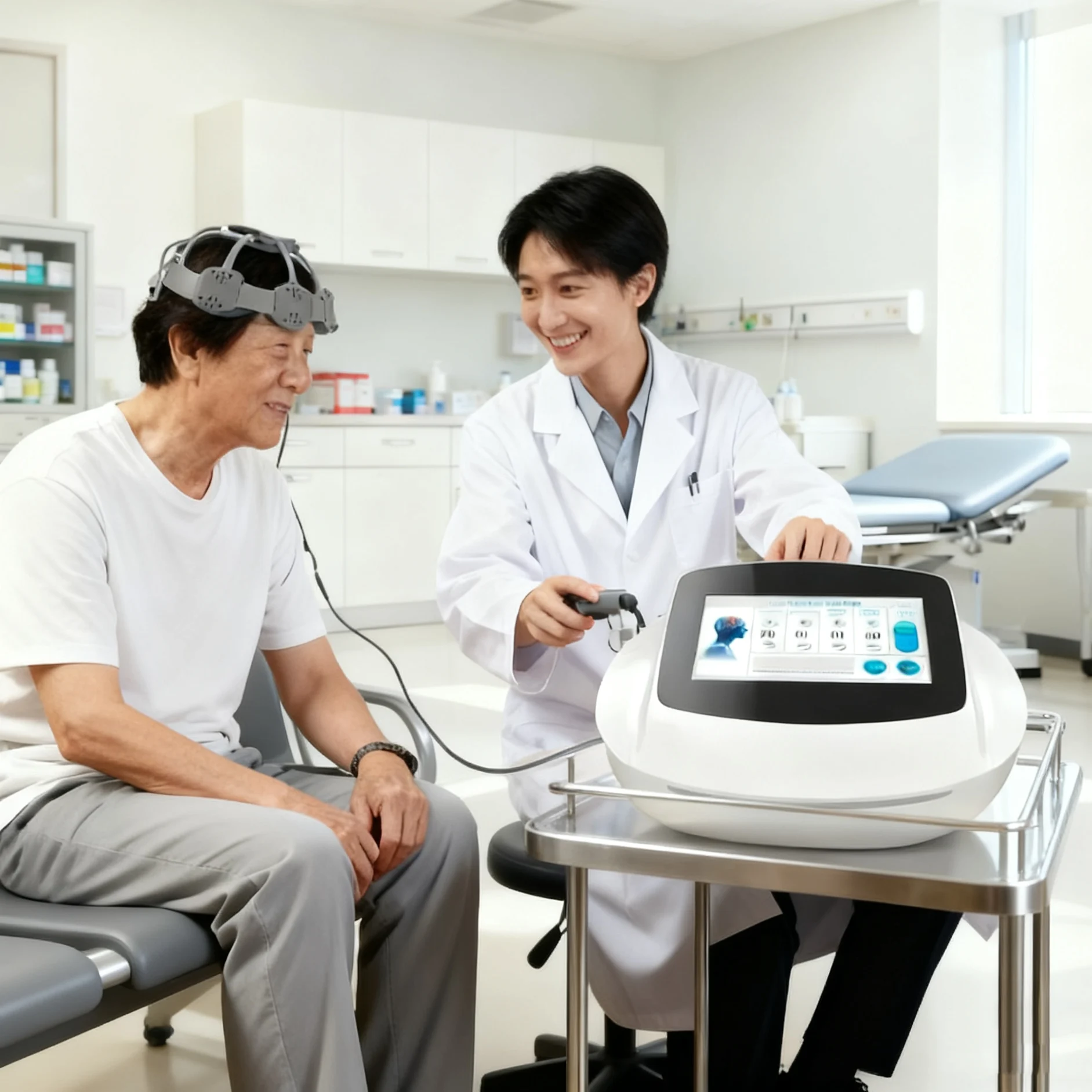
Clinics

Rehab Center
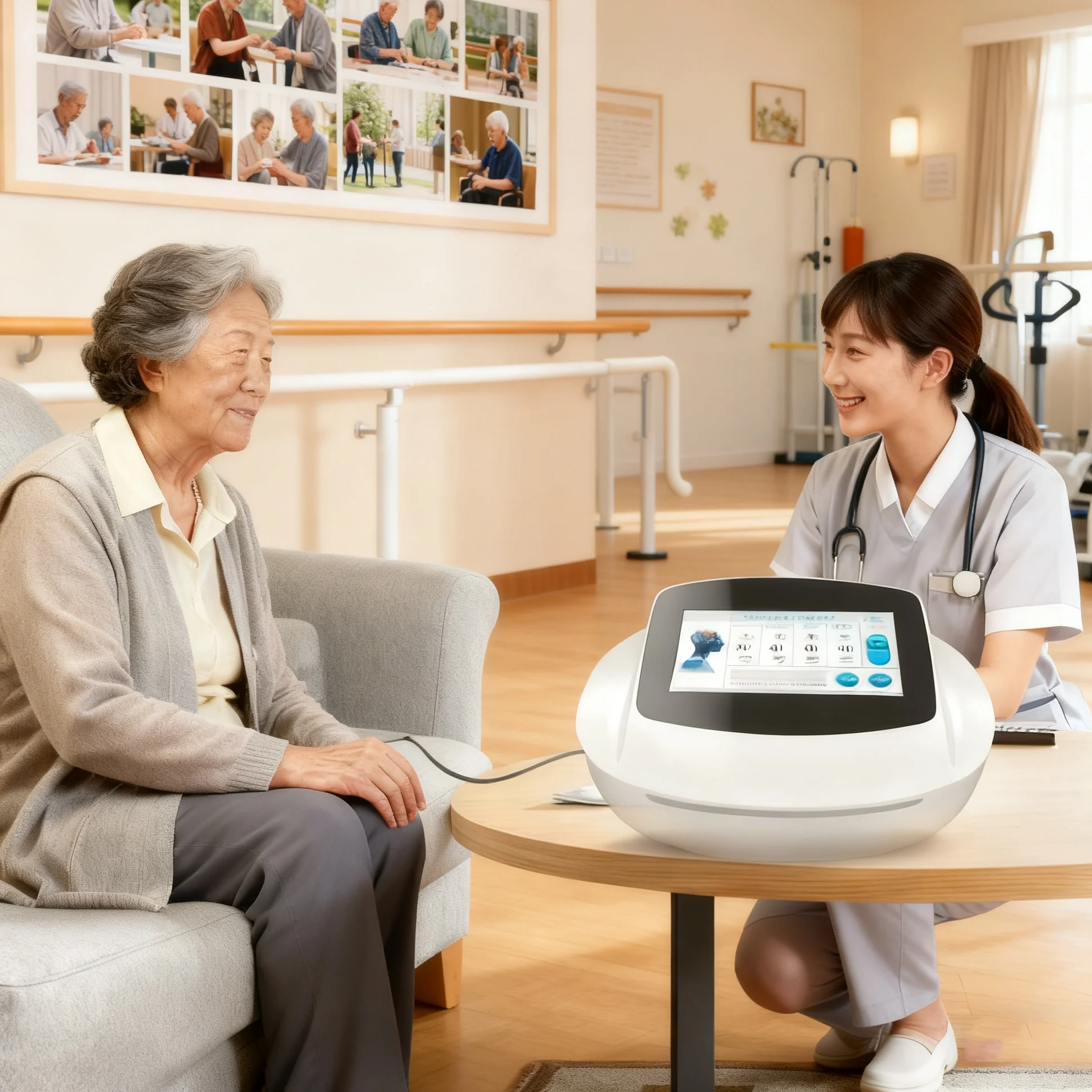
Nursing Homes
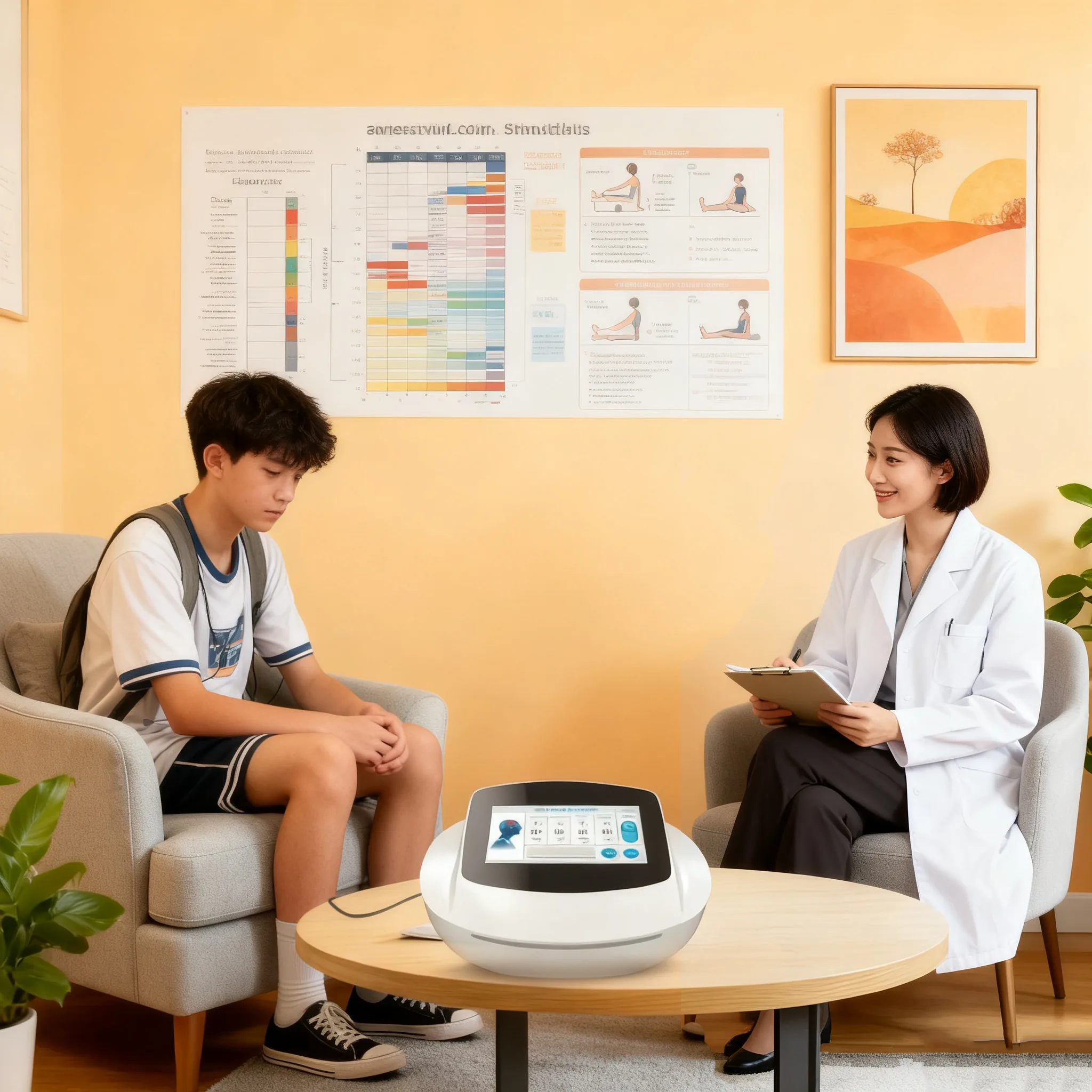
Psychological Counseling Centers
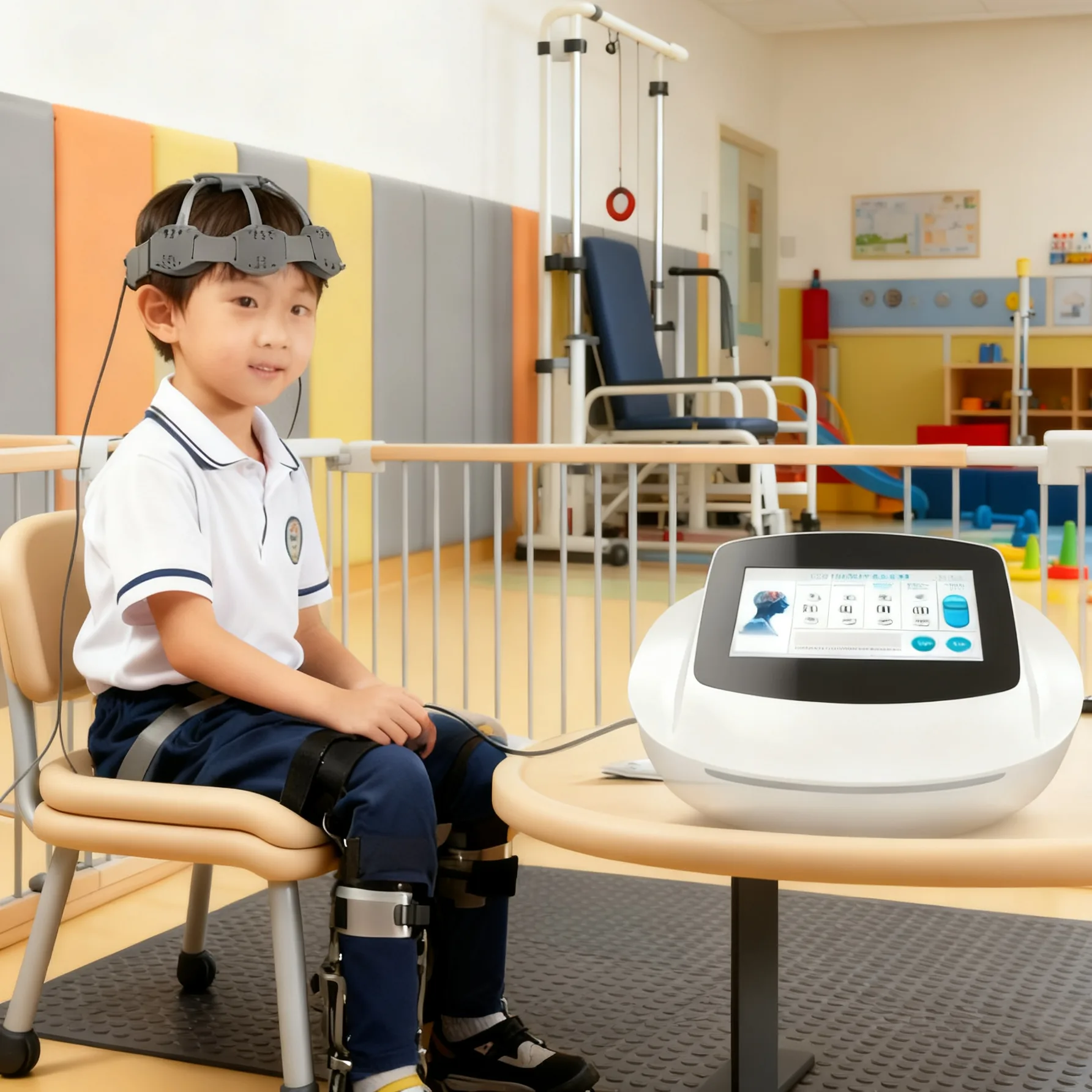
Special Schools
Maintenance and Care
- Environmental Requirements for Instrument Use: Maintain ambient temperature; protect from dust and moisture; do not invert the device; and do not place any objects on the upper cover. Avoid use near high-frequency equipment or using the same circuit as large motors. Avoid contact with the instrument screen with sharp objects.
- When not in use, disconnect the power cord and store the device in a dry, dust-free, corrosive-free, well-ventilated area.
- Do not store the device in areas with humidity, high temperatures, or direct sunlight.
- Keep the device out of the reach of children.
- Use the device frequently; do not store it for extended periods.
- If the surface of the device becomes dirty, wipe it with a cotton cloth dipped in a neutral detergent. Do not use organic solvents or gasoline.
- After each treatment, disinfect any areas that came into contact with the patient or operator with 75% alcohol.
Product Contraindications
① Pregnant and breastfeeding women;
② Those with severe primary diseases of the liver, kidney, or hematopoietic system;
③ Those wearing pacemakers or other implanted devices, or metal (such as cochlear implants, internal pumps, artificial heart valves, metal foreign bodies in the eye, hearing aids, etc.);
④ Patients with high fever;
⑤ Patients with bleeding or bleeding tendencies;
⑥ Patients in the acute stage of cerebral hemorrhage;
⑦ Patients with malignant tumors or cancer;
⑧ Those with intolerance to magnetic fields.
Reviews (0)
Be the first to review “Transcranial Magnetic Stimulation TMS Machine for Alzheimer’s and Depression” Cancel reply
You must be logged in to post a review.

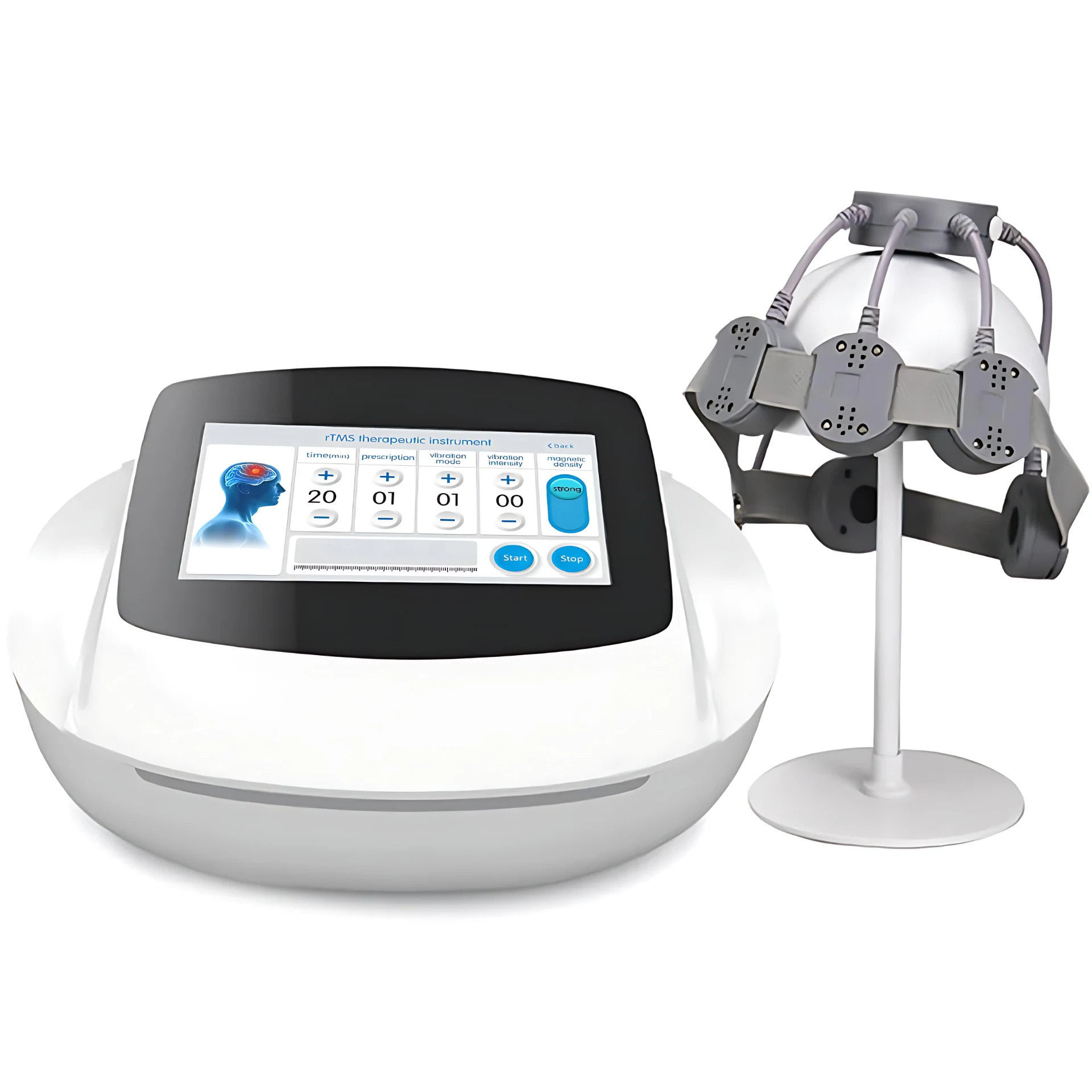
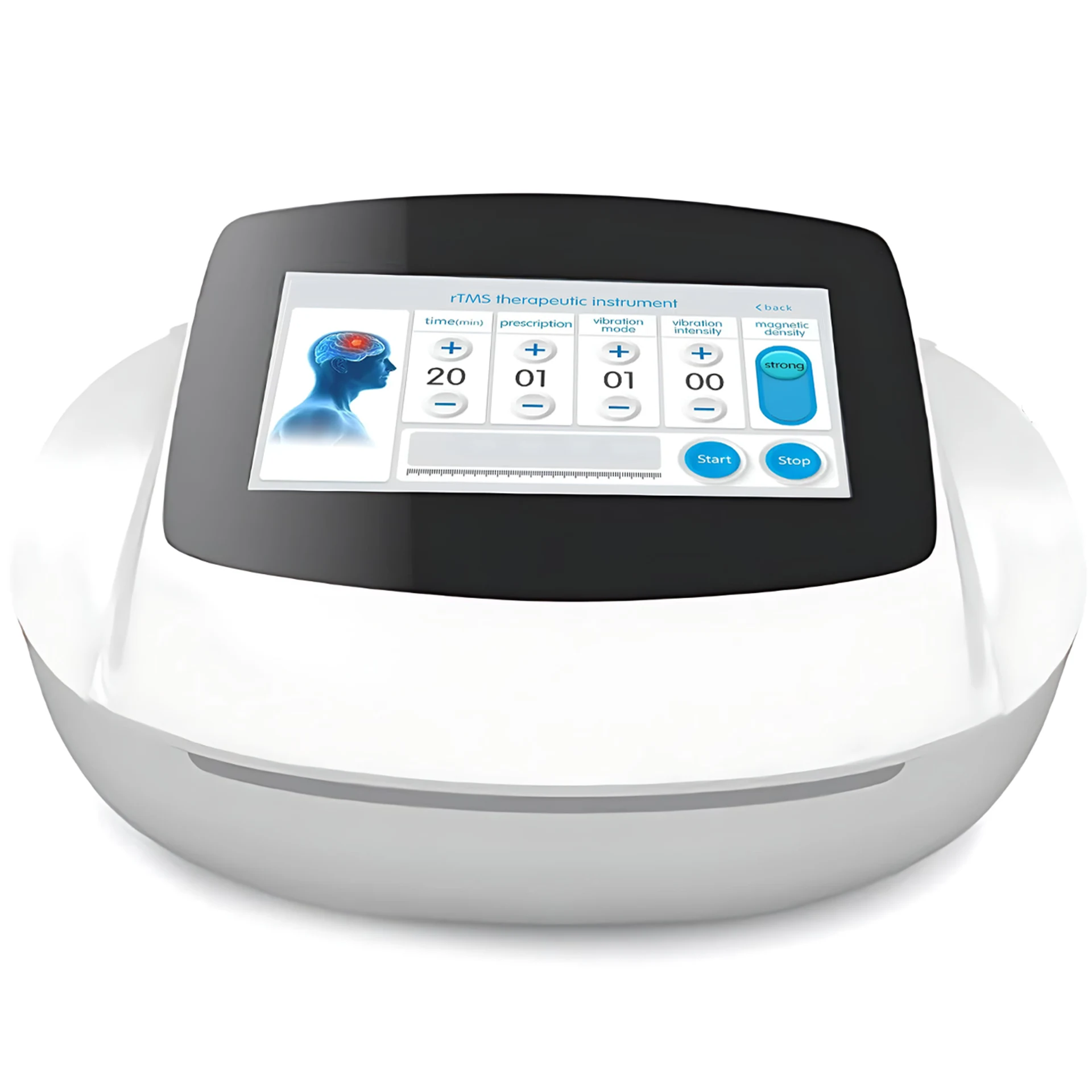
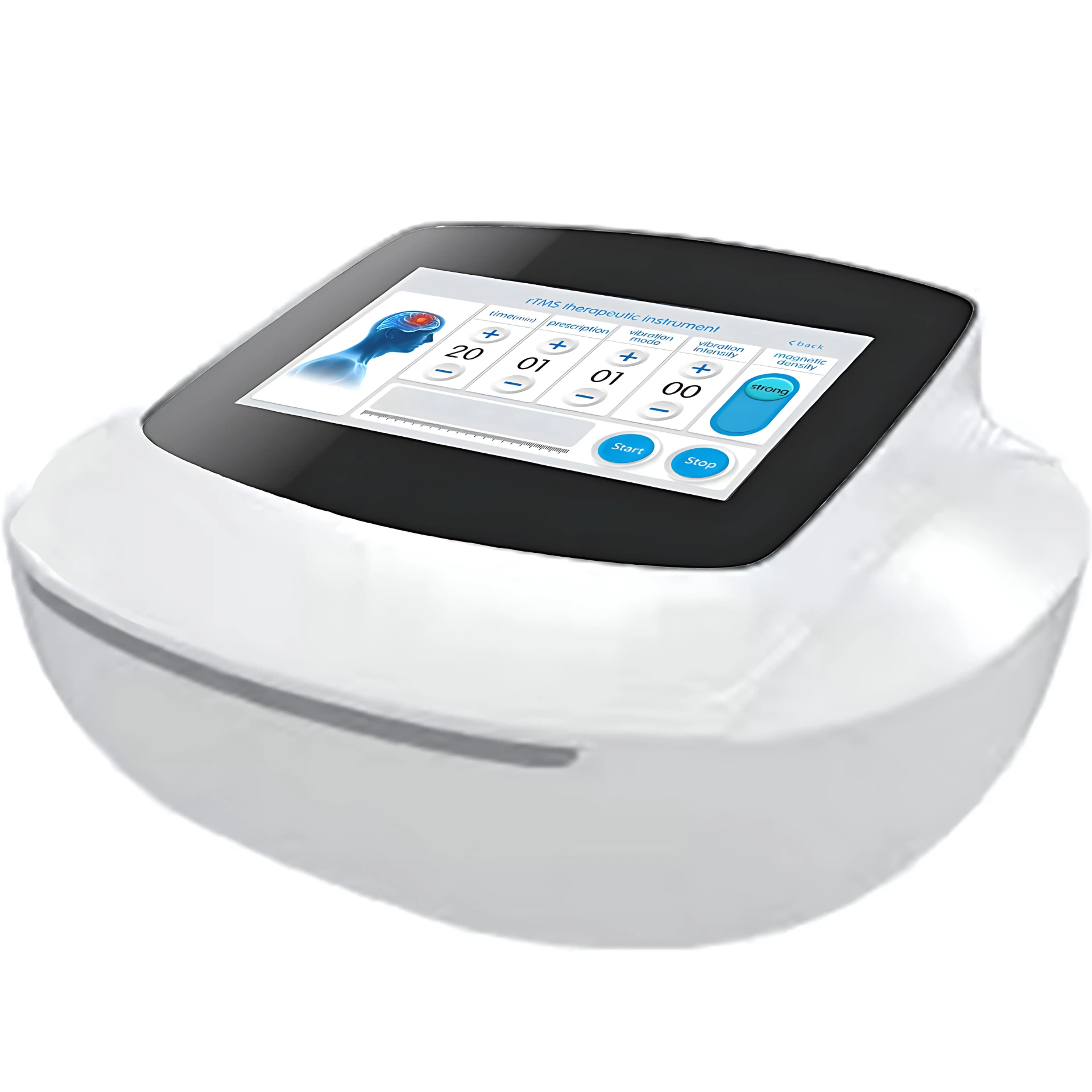


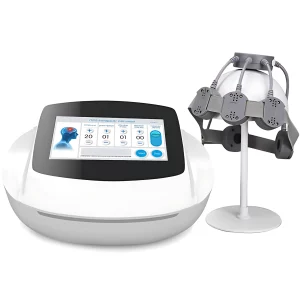
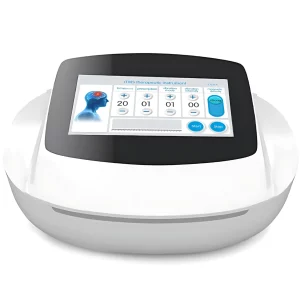
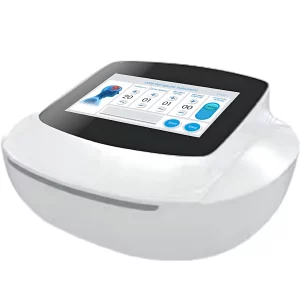
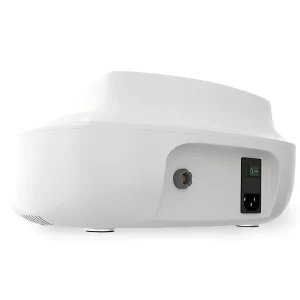
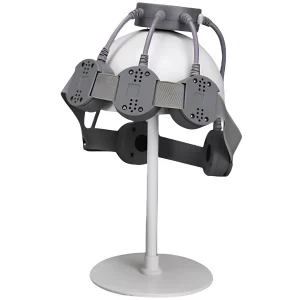


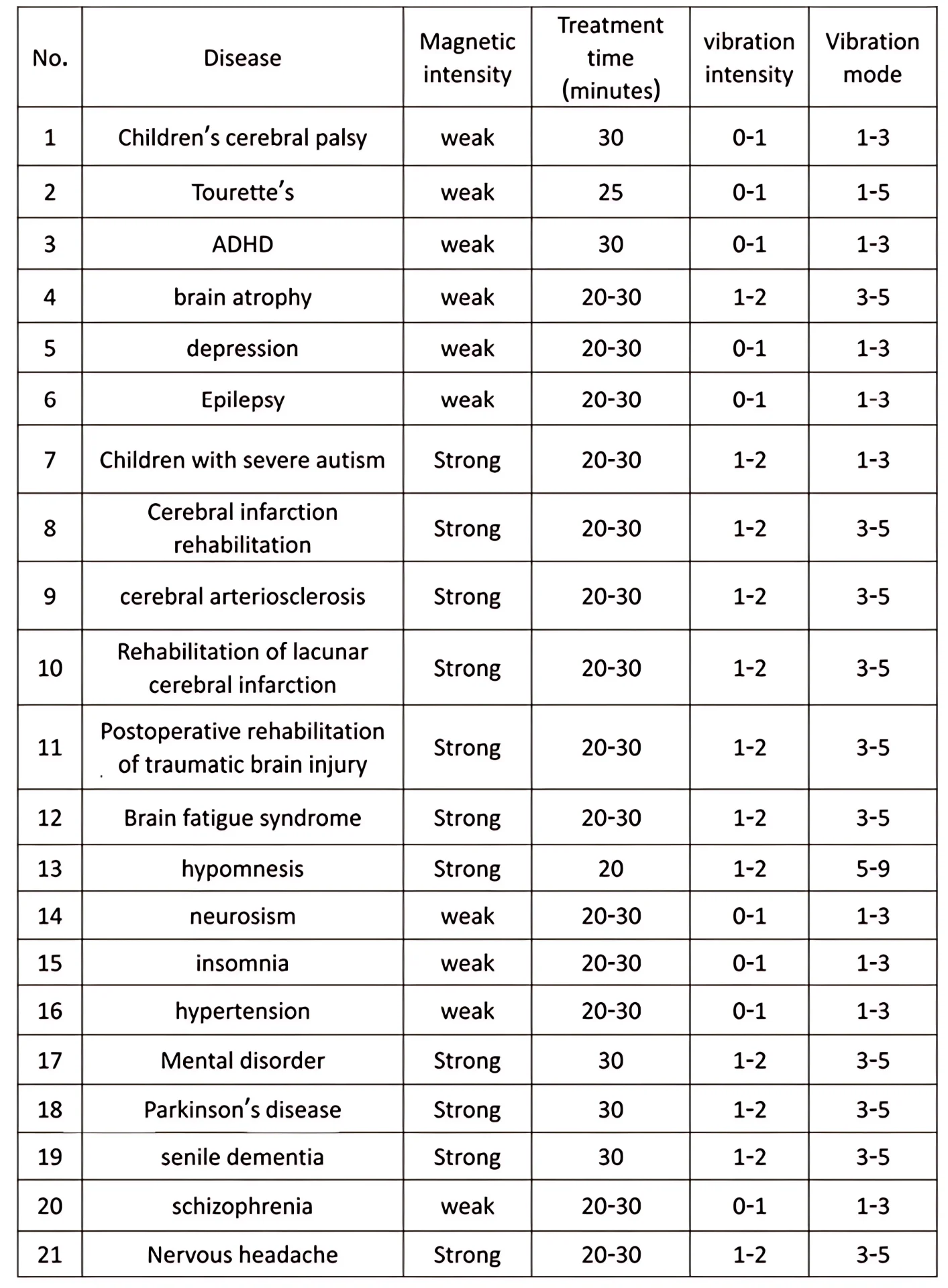
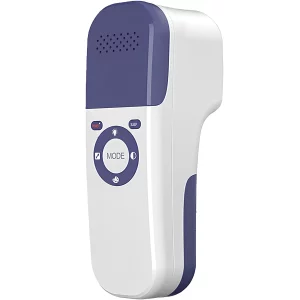

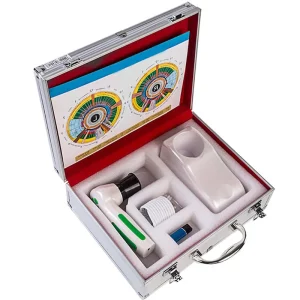
Reviews
There are no reviews yet.